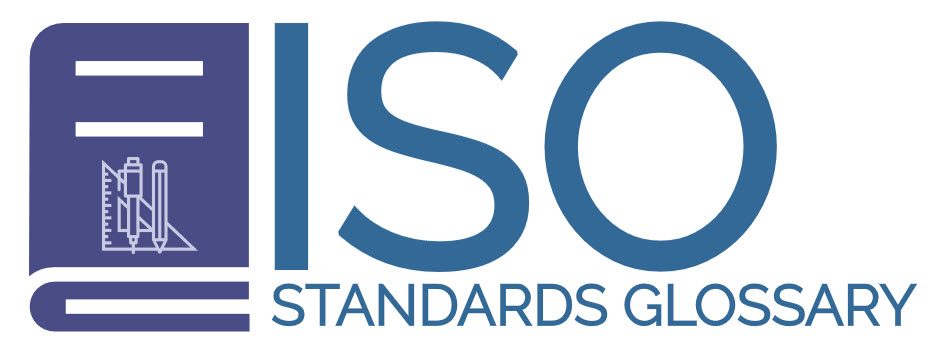The Importance of HACCP in Food Safety
Food safety is a critical concern worldwide, and the implementation of effective systems is essential to ensure the health and well-being of consumers. One such system that has become integral to maintaining high standards of food safety is Hazard Analysis and Critical Control Points (HACCP). This systematic, preventive approach focuses on identifying and managing potential hazards throughout the food production process.
Understanding HACCP
HACCP is a management system that addresses food safety through the analysis and control of biological, chemical, and physical hazards. These hazards can occur in various stages, such as raw material production, procurement, handling, manufacturing, distribution, and consumption of the finished product. The system is designed to prevent food safety issues before they occur rather than relying solely on end-product testing.
The Principles of HACCP
HACCP is based on seven core principles that provide a structured approach to food safety:
Conduct a Hazard Analysis: The first principle of HACCP involves the meticulous identification and listing of potential hazards associated with every step of the food production process. This requires a comprehensive understanding of each stage and the risks involved. Such hazards can be biological, such as bacteria or viruses; chemical, like toxins or allergens; or physical hazards, including foreign objects.
Determine Critical Control Points (CCPs): Identifying Critical Control Points (CCPs) is a fundamental step in ensuring that control can be applied at specific stages in the process to prevent, eliminate, or reduce hazards to acceptable levels. This principle highlights points in the production process where hazards can be most effectively controlled.
Establish Critical Limits: Critical limits are thresholds that must not be exceeded at each CCP. These limits can manifest as temperature requirements, time parameters, or other measurable factors that play a crucial role in ensuring control at every critical point. Maintaining these parameters helps prevent potential hazards from manifesting into real safety issues.
Monitoring Procedures: Developing consistent procedures to monitor CCPs is vital to ensure ongoing compliance with critical limits. This involves regular checks and balances to identify any deviation from established norms. Documentation of monitoring activities forms the foundation for any subsequent corrective actions.
Corrective Actions: When monitoring indicates that a particular CCP is not under control, predetermined corrective actions must be taken. This involves steps to rectify the situation immediately and prevent recurrence. This principle ensures that issues are not just identified but promptly addressed to maintain food safety.
Verification Procedures: Verification procedures are employed to ascertain that the HACCP system is working effectively. This can involve methods, procedures, and tests that provide a comprehensive review of the system’s overall efficacy, ensuring that hazards are indeed being controlled effectively.
Record-Keeping and Documentation: Maintaining detailed records is paramount to the success of HACCP. Documentation serves as tangible evidence of hazard management, encompassing everything from hazard analyses and monitoring activities to corrective actions and system verifications. These records not only ensure traceability but can also serve as documentation in regulatory inspections.
Benefits of Implementing HACCP
The implementation of HACCP not only helps in improving food safety but also brings several other organizational benefits:
Enhanced Consumer Confidence: Ensuring the highest levels of food safety allows businesses to safeguard public health while simultaneously enhancing consumer confidence in their products. Consumers today are more informed and concerned about food safety than ever before, and demonstrating compliance with rigorous safety systems plays a crucial role in building trust.
Reduced Risk of Foodborne Illnesses: By proactively identifying and controlling potential hazards, HACCP significantly reduces the incidence of foodborne illnesses. This has far-reaching implications not just for public health, but also for reducing the economic burden associated with outbreaks and recalls.
Compliance with Regulations: Several countries, including the United States and European Union member states, mandate compliance with HACCP protocols. By adopting the HACCP system, businesses ensure adherence to these legal standards, thereby avoiding potential legal complications and penalties.
HACCP and the Global Food Industry
Given the globalization of the food industry, consistent international standards are necessary to ensure food safety. Organizations such as the U.S. Food and Drug Administration (FDA) and the World Health Organization (WHO) recognize HACCP as a vital component of food safety management systems. As a result, HACCP has become a benchmark for international food companies striving to maintain safety across their operations.
Implementing HACCP standards internationally involves harmonizing practices and ensuring that products meet safety expectations across borders. This becomes particularly important for multinational corporations whose supply chains span multiple regions with varying regulatory environments. Embracing HACCP thus provides a competitive advantage in terms of market access and product reliability.
Challenges in HACCP Implementation
Despite the undeniable benefits, the implementation of HACCP is not without its challenges. Smaller businesses often find it daunting due to the specialized knowledge and resources required to develop and maintain the system. The initial investment in training and setting up can also be substantial, representing a barrier for smaller entities with limited budgets.
Additionally, employee training is critical to ensure that every team member understands their role in maintaining HACCP protocols. Given the complexity of food production processes, this requires ongoing education and training programs to keep knowledge up-to-date in compliance with evolving regulations and standards.
Continuous improvement is another challenge. Reviewing and updating HACCP plans is necessary as new risks emerge, whether from changes in production processes, new scientific information about hazards, or evolving regulatory requirements.
Conclusion
In conclusion, HACCP plays a pivotal role in maintaining food safety standards. Its preventive approach is crucial for minimizing risks and ensuring consumer protection. Although challenges exist, including the training and resources needed for proper implementation, the commitment to establishing and maintaining an effective HACCP system is a worthwhile investment for any food-related business. The assurance that products meet safety standards not only builds consumer trust but also aligns with global regulatory frameworks, helping businesses navigate an increasingly interconnected world.
